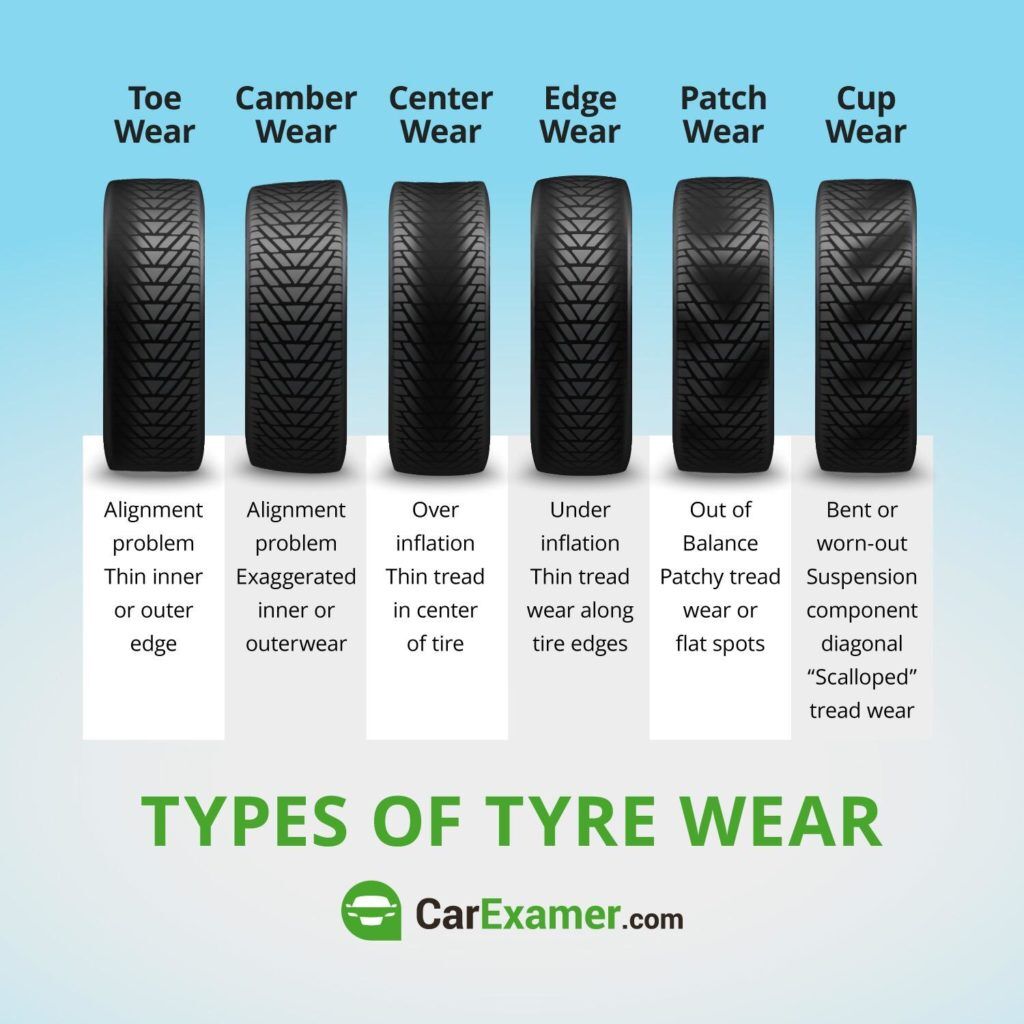
Even tire wear is essential for ensuring your vehicle operates at its best. It directly impacts your safety on the road, how well your car performs, and even your fuel economy. Unevenly worn tires can create a host of problems, from reduced traction to increased braking distances. This article will delve into the reasons why even tire wear is so important and provide practical tips on how to maintain it.
We’ll explore the safety risks associated with uneven tire wear, examine its impact on your vehicle’s performance, and discuss how tire condition affects fuel efficiency. Finally, we’ll outline actionable steps you can take to ensure your tires wear evenly and promote a safer, smoother driving experience.
Importance of Even Tire Wear
Even tire wear is crucial for optimal vehicle handling and control. When tires wear evenly, they maintain consistent contact with the road surface, providing a stable platform for steering, braking, and acceleration. This even contact patch allows your car to respond predictably to driver inputs, enhancing stability and reducing the risk of skidding or loss of control.
Furthermore, even tire wear contributes to a smoother and more comfortable ride. Unevenly worn tires can create vibrations and bumps that transmit through the vehicle’s suspension system, leading to a jarring and unpleasant driving experience. Maintaining even tire wear ensures a more refined and enjoyable ride quality.
Safety Risks of Uneven Tire Wear
Uneven tire wear poses significant safety risks to drivers, passengers, and other road users. One of the most serious consequences is reduced traction. When tires are worn unevenly, certain areas may have less tread depth than others, compromising grip on the road surface. This can lead to difficulty accelerating, braking, or cornering safely, particularly in wet or slippery conditions.
Another safety concern is increased stopping distances. Uneven tire wear reduces the contact patch between the tires and the road, making it harder for the brakes to effectively transfer force and slow down the vehicle. This can result in longer stopping distances, increasing the risk of accidents, especially at higher speeds.
Performance Impact of Worn Tires
Worn tires negatively impact your vehicle’s performance in several ways. Reduced traction directly affects acceleration, braking, and cornering abilities. When tires have insufficient tread depth or uneven wear patterns, they struggle to grip the road surface effectively, leading to sluggish acceleration, longer stopping distances, and reduced handling precision.
Furthermore, worn tires can increase fuel consumption. Uneven tire wear creates more rolling resistance, requiring your engine to work harder to maintain speed. This increased effort translates into higher fuel consumption and reduced overall efficiency.
Fuel Efficiency and Tire Condition
Maintaining proper tire pressure and ensuring even tire wear are crucial for maximizing fuel efficiency. Underinflated or overinflated tires increase rolling resistance, forcing your engine to work harder and consume more fuel.
Similarly, unevenly worn tires create additional friction as they roll across the road surface, further contributing to increased fuel consumption. By keeping your tires properly inflated and ensuring even wear, you can significantly improve your vehicle’s fuel economy and save money at the pump.
Maintaining Even Tire Wear
There are several steps you can take to maintain even tire wear and promote optimal vehicle performance:
Regular Tire Rotations
Rotating your tires regularly is one of the most effective ways to ensure even wear. Tire rotation involves swapping the position of your tires from one axle to another according to a specific pattern recommended by your vehicle manufacturer. This helps distribute wear evenly across all four tires, preventing premature wear on any single tire.
Proper Tire Inflation
Maintaining the correct tire pressure is essential for even tire wear. Underinflated tires can cause excessive wear on the center of the tread, while overinflated tires can lead to increased wear on the edges. Consult your vehicle’s owner’s manual or the sticker located on the driver’s side doorjamb for the recommended tire pressure.
Wheel Alignment
Wheel alignment ensures that your wheels are properly aligned with each other and the direction of travel. Misaligned wheels can cause uneven tire wear, pulling one side of the vehicle more than the other. Have your wheel alignment checked regularly by a qualified mechanic to ensure proper alignment and prevent premature tire wear.
Conclusion
Even tire wear is paramount for ensuring optimal vehicle performance, safety, and fuel efficiency. By understanding the importance of even tire wear and implementing the recommended maintenance practices, you can significantly enhance your driving experience and protect yourself and others on the road. Remember to rotate your tires regularly, maintain proper tire pressure, and have your wheel alignment checked periodically to keep your tires wearing evenly and your vehicle running smoothly.
